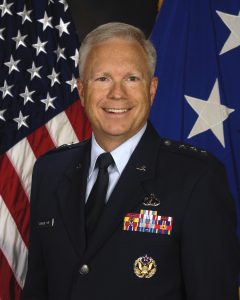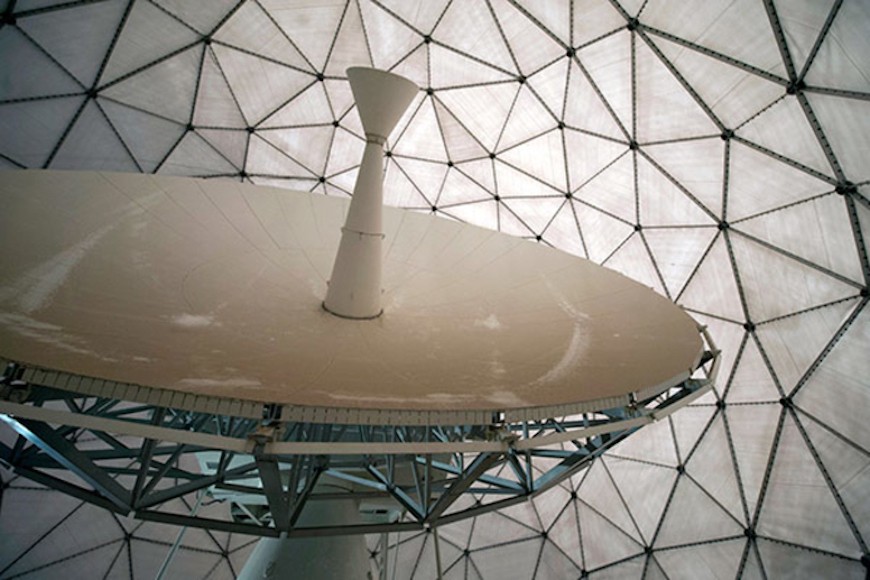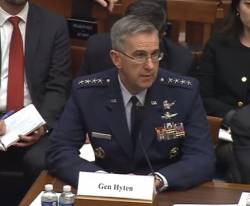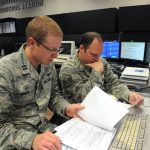The previously-troubled program to build a new GPS ground control system has stayed on track for the last two and a half years and is moving along as planned, said Lt. Gen. John ‘JT’ Thompson, commander of the Air Force Space and Missile Systems Center (SMC).
The GPS next-generation operational control system (OCX) was years behind its original schedule when cost overruns forced the Air Force to declare a Nunn-McCurdy breach in the summer of 2016. The breach set the program on track for automatic closure unless the Defense Department certified that OCX was necessary and mapped out a new schedule and budget for it going forward.

“I am pleased to stand up in front of you today and say, for the last two and a half years, OCX, since it came out of its Nunn McCurdy, has been executing as planned,” Thompson told the audience at a Mitchell Institute for Aerospace Studies Space Power Breakfast in Washington on Friday, December 13. “The contractor’s performance is reliable,” he added, noting that 34 of 34 unclassified and classified monitoring stations have been procured worldwide and 17 of them have been installed on time.
He pointed out that Block 0 of the OCX program, the launch and checkout system, is currently operating the two GPS III satellites now on orbit. “So it’s already delivering and it’s on schedule at this point.”
“In other words, the program is going really great,” he said, though he added that vigilance is still required.
“We’re going to continue to work very closely with the entire OCX industry team,” Thompson told morning crowd, “but we have seen really positive steps taken in this software-intensive development program over the last two years. And over the next 18 months, as they get closer to the delivery of OCX Block 1 and 2, we’re really looking forward to it. ”
SMC is still hammering out elements of its SMC 2.0 reorganization including standing up a new cross-mission ground organization to develop ground systems that will be used by more than one satellite program.
“Gone are the days where every satellite vehicle is going to have its own separate ground control segment,” Thompson said.
Initially the new group will be working on several programs: space command and control, enterprise ground services and the missile warning ground architecture called FORGE (future operationally resilient ground evolution).
“There are other ground programs that will come into that portfolio as it matures,” he told Inside GNSS, but — at least for now, he said — OCX will not be one of them. Nor will the OCX system be tapped any time soon to provide ground control for non-GPS satellites. “We have elected, because of the nature and history of OCX, to not put OCX in that cross-mission ground organization just yet.”
The Air Force, however, is interested in applying what it’s learned while developing the OCX cyber-security capability to other programs. However, that will take time to implement.
“That’s definitely a possibility,” said Thompson, “but we are in the process of building that cross-mission ground organization so I think we need to focus in on first steps first and smaller efforts to grow that organization’s capability before we look at something as big and complex as OCX.”\
[Image at top of page: Radomes like this one in Colorado are the primary link for systems like GPS OCX and the satellites they operate. Photo: Raytheon.]






